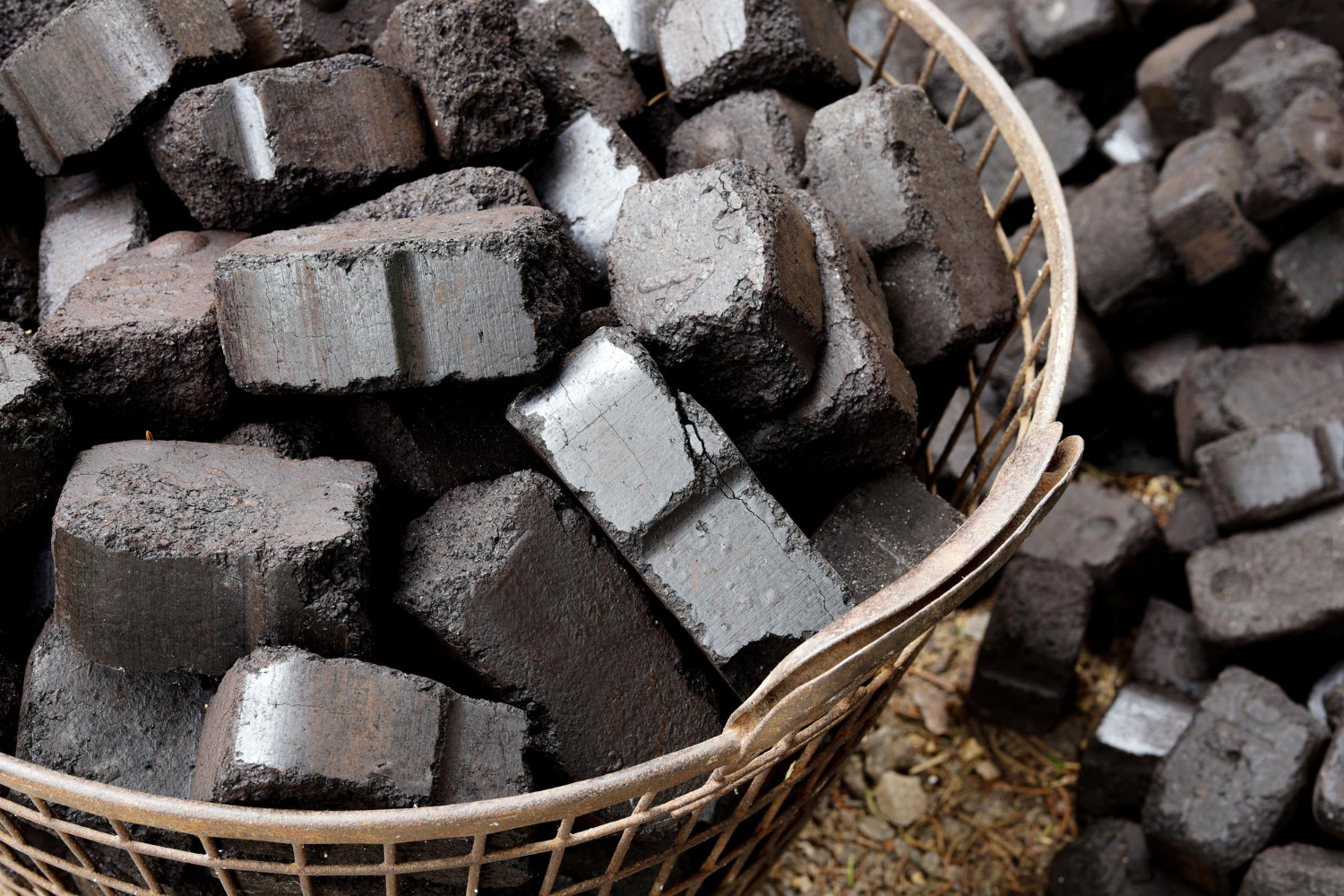
Production of Coconut Charcoal Briquettes
Coconut shell is the core material of producing coconut charcoal briquette. The abundance of availability of coconut has led to the cost-effective production of briquettes.
The process involved in manufacturing coconut charcoal is simple yet involves greater attention to the coconut shell preferred in the production.
The coconut shell used in the production has to be free from fiber. The state of the shell plays a significant role in the burning efficiency. Yes! The driest coconut shells are highly preferred in the first stage of the production process.
This is because the dry shells burn faster and quicker than the fresh shells. Also, choosing dried shells lowers the chances of under and inefficient burning of shells.
Carbonization
Carbonization underlies the burning condition of the coconut charcoal. The coconut shell is burnt in a low-oxygen environment.
Therefore, the complete burning of coconut shells incurs more time. This process ensures that the burnt shell is free from moisture content. Hence, carbonized charcoal is suitable for consistent burning.
Crushing
This is the second stage of producing coconut charcoal briquettes. Once the desired charcoal quality and state are attained, the coconut shell charcoal is crushed into powder.
Flat charcoal of very minimum thickness could be more efficient, and its thermal fuel impacts the bbq food preparation time. It is much needed to transform the shape of the coconut charcoal.
This necessity has created the need to crush burnt coconut shells to obtain the powdered form.
Mixing/Binding
The powdered coconut charcoal is mixed with the binders. Corn starch is the most commonly preferred binder in producing charcoal briquettes.
These binders accelerate the bonding in the powdered coconut shell charcoal. In addition to binders, water is added to the mixture to obtain the moisture content.
In this stage, the charcoal mixture ensures the consistency of the bonded charcoal is attained. The quality and type of binder influence the overall quality of a charcoal briquette.
Shaping and Drying
The obtained coconut charcoal briquette form is then processed by molding it at the desired thickness and toughness. The briquettes are shaped into the desired form and cut at precise dimensions using a molding machine or manual force.
The charcoal is dried at room temperature to wipe out the moisture content from the charcoal briquette.
The drying process can be executed using drying machines where the heat is generated. Time is the factor that changes the preference for drying technique.
Conclusion
Machines incorporated in the manufacturing facility influence the production time and full capacity utilization for producing Coconut Charcoal Briquette. The preferred machine should be highly reliable, durable, and cost-effective. The market growth and potential for Coconut Charcoal Briquette are promising. If you’re looking to set up a Charcoal Briquette production plant, Essar Engineers will be your reliable vendor as they manufacture high-quality charcoal briquette manufacturing machines at the best competitive prices. Please visit https://www.essarengineer.com/ for more information.